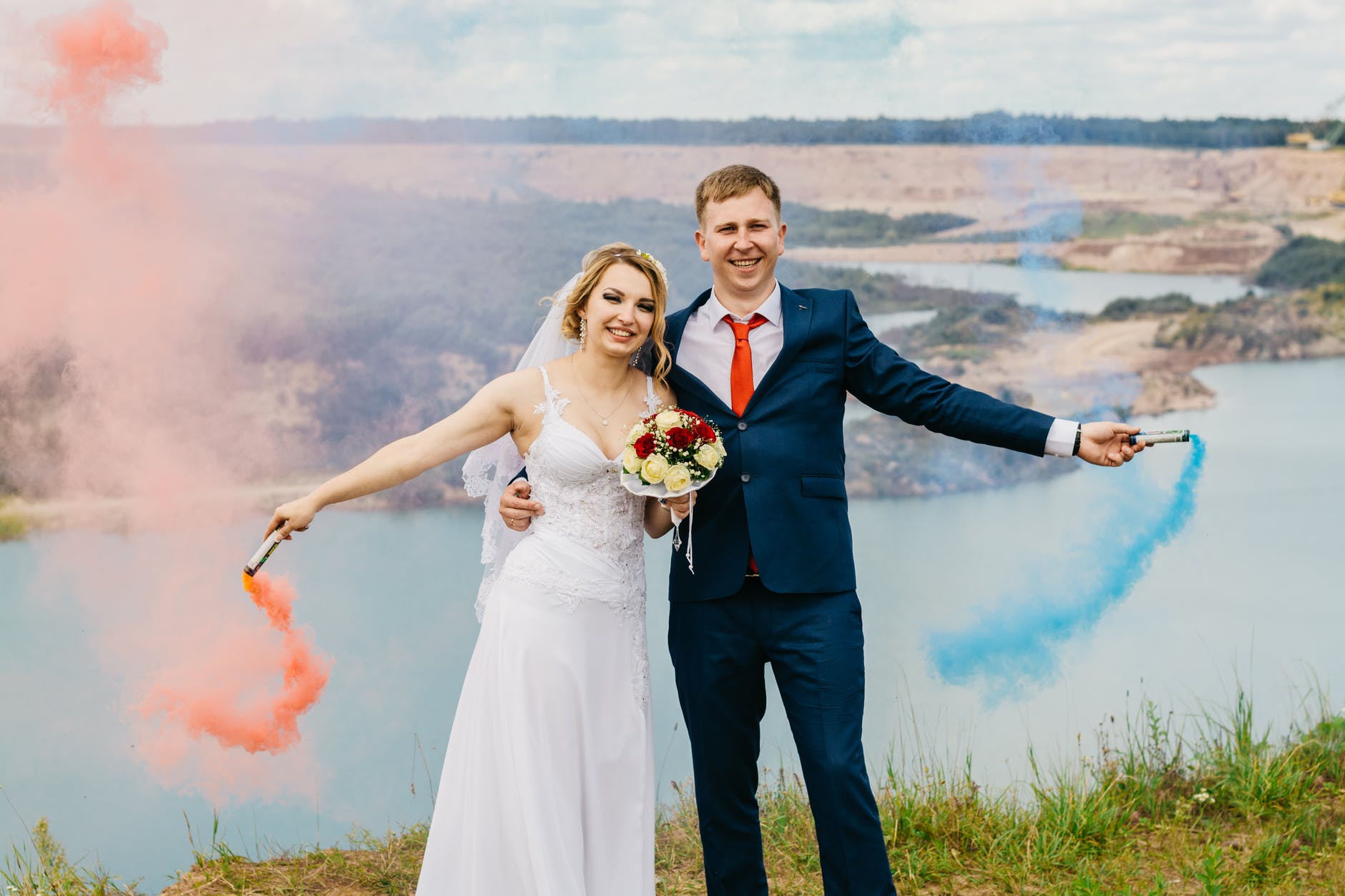Wartime photographs possess an undeniable ability to encapsulate the raw emotions, stark realities, and human experiences of conflict in a way that often transcends the written word. They have a profound capacity to convey the horrors, tragedies, and resilience of war, leaving an indelible mark on our collective memory. Here, three iconic images from different historical conflicts demonstrate the compelling power of wartime photography and its impact, often surpassing the impact of mere words.
1. The Napalm Girl (Vietnam War)
One of the most haunting and iconic wartime photographs is the Pulitzer Prize-winning image of Kim Phuc, known as “The Napalm Girl,” taken by photojournalist Nick Ut during the Vietnam War in 1972. The photograph captures the raw terror and devastation of war as a nine-year-old Kim Phuc runs naked down a road, her body burning from a napalm attack by South Vietnamese forces.
This image, with its searing depiction of human suffering, transcended linguistic barriers, conveying the inhumane and indiscriminate nature of conflict. It evoked worldwide outrage, becoming a powerful symbol of the civilian toll and the horrors of war. The sheer visual impact of the image made a lasting impression on global audiences, compelling many to question the morality and consequences of armed conflicts.
2. The Falling Man (9/11 Attacks)
On September 11, 2001, Richard Drew captured a striking and controversial photograph known as “The Falling Man.” The image shows a man falling from the North Tower of the World Trade Center during the 9/11 terrorist attacks. While the photograph itself is distressing, it encapsulates the unfathomable desperation and tragic choices faced by individuals trapped in the inferno of the Twin Towers.
The haunting visual of a person in free fall evokes visceral emotions, serving as a stark reminder of the human cost and immense tragedy of the attacks. Despite the absence of words, the photograph resonated deeply with audiences worldwide, evoking empathy and fostering discussions about the human toll and the ramifications of terrorism.
3. The Vulture and the Starving Child (Famine in Sudan)
In 1993, photojournalist Kevin Carter captured a haunting image during the famine in Sudan: a starving child collapsed on the ground, while a vulture lurked nearby. The photograph, titled “The Vulture and the Starving Child,” depicts the harsh reality of famine and its devastating impact on innocent civilians.
This poignant image, although deeply distressing, brought attention to the plight of those affected by famine and conflict in Sudan. Carter’s photograph sparked global conversations about humanitarian crises, prompting discussions on international aid, poverty, and the ethical complexities faced by photojournalists documenting such distressing scenes.
Impact of Wartime Photographs vs. Written Word
While words possess the power to evoke emotions and convey narratives, wartime photographs often have a visceral and immediate impact that transcends language barriers. These three iconic images, among many others, have ingrained themselves in our collective consciousness, stirring emotions, sparking conversations, and mobilizing humanitarian efforts.
Photographs capture moments frozen in time, offering a visual narrative that resonates universally. Their immediacy and ability to evoke empathy make them powerful tools for raising awareness, shaping public opinion, and advocating for change. They become symbols, carrying profound emotional weight that lingers in our memories long after words might fade.
In conclusion, while both words and images have their strengths in communicating the realities of war, wartime photographs possess a unique ability to transcend linguistic barriers and deliver immediate, visceral impact. These indelible images often become symbols of suffering, resilience, and the human cost of conflict, shaping our understanding of history and compelling action in ways that words alone may struggle to achieve.



